Actuaries must pass exams, but more than that: they must put knowledge into practice. This coherent book supports the Society of Actuaries’ short-term actuarial mathematics syllabus while emphasizing the concepts and practical application of nonlife actuarial models. A class-tested textbook for undergraduate courses in actuarial science, it is also ideal for those approaching their professional exams. Key topics covered include loss modelling, risk and ruin theory, credibility theory and applications, and empirical implementation of loss models. Revised and updated to reflect curriculum changes, this second edition includes two brand new chapters on loss reserving and ratemaking. R replaces Excel as the computation tool used throughout – the featured R code is available on the book’s webpage, as are lecture slides. Numerous examples and exercises are provided, with many questions adapted from past Society of Actuaries exams.
Nonlife Actuarial Models: Theory, Methods and Evaluation (International Series on Actuarial Science)
$74.33
This textbook supports undergraduate students in actuarial science by covering the theory and application of nonlife actuarial models.
Additional information
| Weight | 0.885 lbs |
|---|---|
| Dimensions | 15.9 × 3.2 × 23.5 in |
Nonlife Actuarial Models: Theory, Methods and Evaluation (International Series on Actuarial Science)
$231.00
This book provides comprehensive instruction on actuarial models for university students and those preparing for professional actuarial exams.
Actuaries must pass exams, but more than that: they must put knowledge into practice. This coherent book gives complete syllabus coverage for Exam C of the Society of Actuaries (SOA) while emphasizing the concepts and practical application of nonlife actuarial models. Ideal for those approaching their professional exams, it is also a class-tested textbook for undergraduate university courses in actuarial science. All the topics that students need to prepare for Exam C are here, including modeling of losses, risk and ruin theory, credibility theory and applications, and empirical implementation of loss models. The book also covers more recent topics, such as risk measures and bootstrapping. Readers are assumed to have studied statistical inference and probability at the introductory undergraduate level. Numerous examples and exercises are provided, with many exercises adapted from past Exam C questions. Computational notes on the use of Excel are included. Teaching slides are available for download.
Features
- Used Book in Good Condition
Additional information
| Weight | 0.98 lbs |
|---|---|
| Dimensions | 15.2 × 2.5 × 22.9 in |
Reviews
There are no reviews yet.
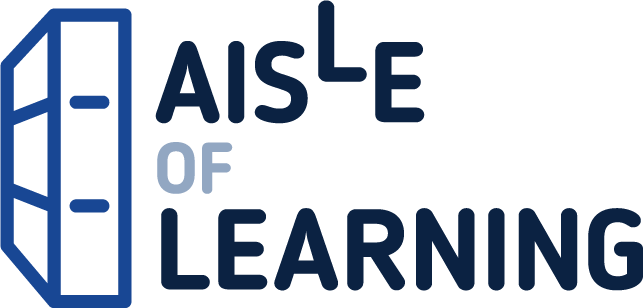
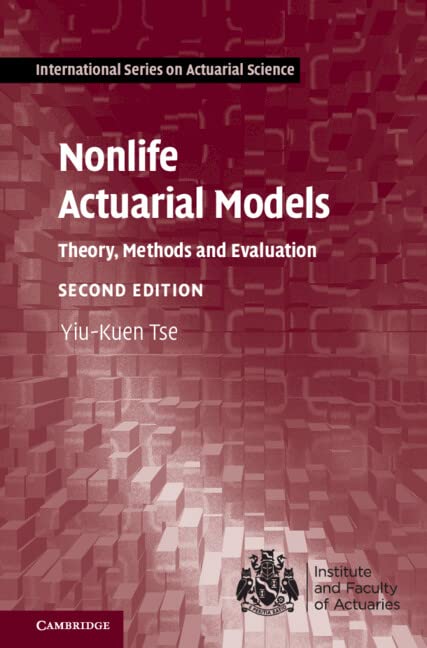




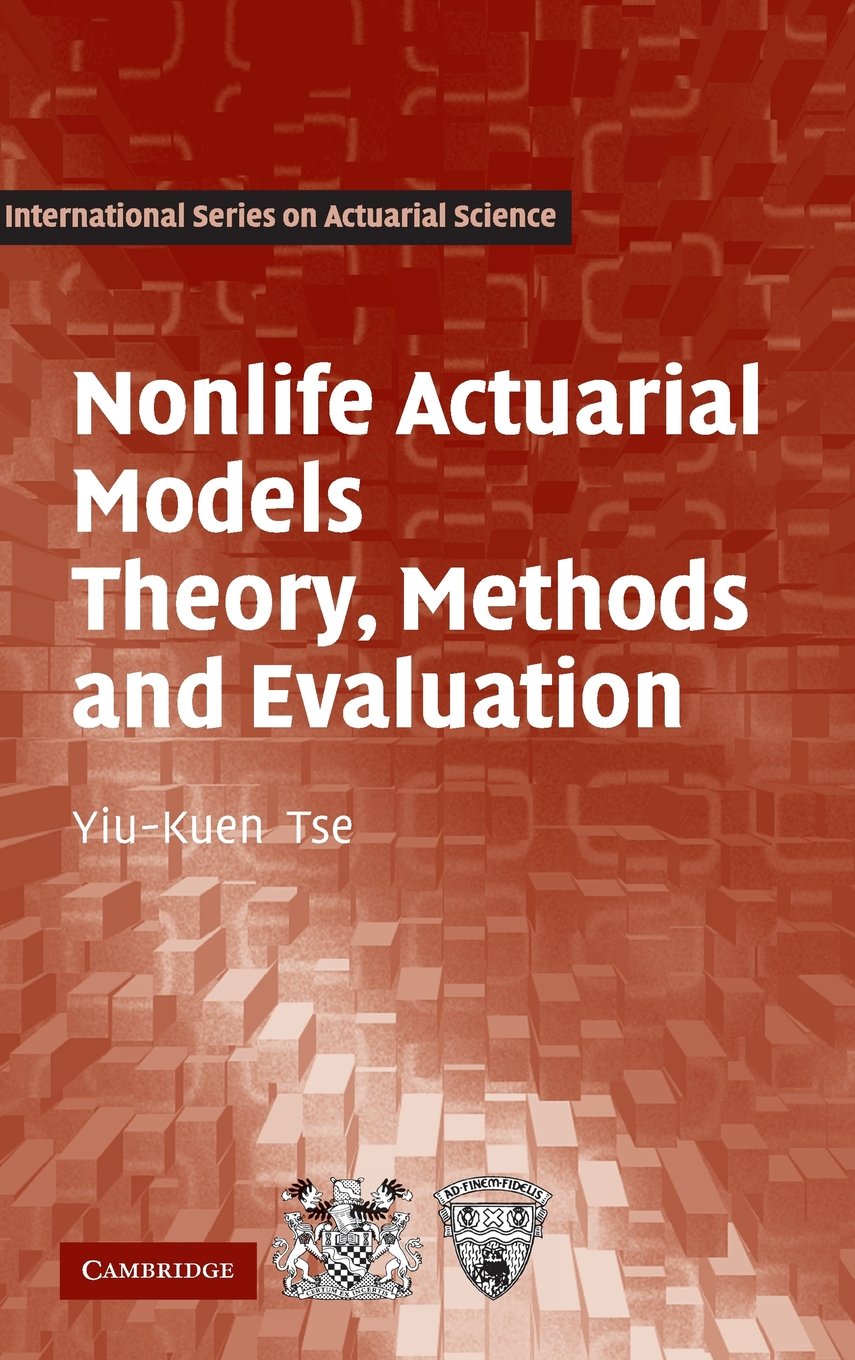
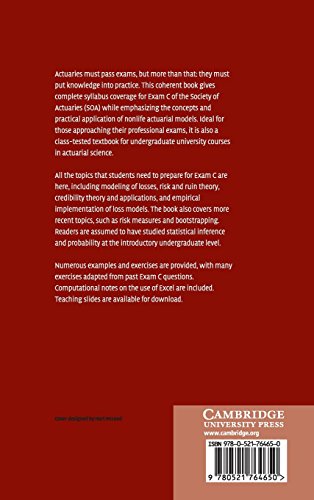
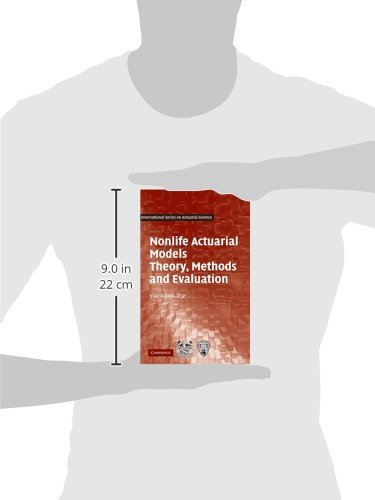



Reviews
There are no reviews yet.